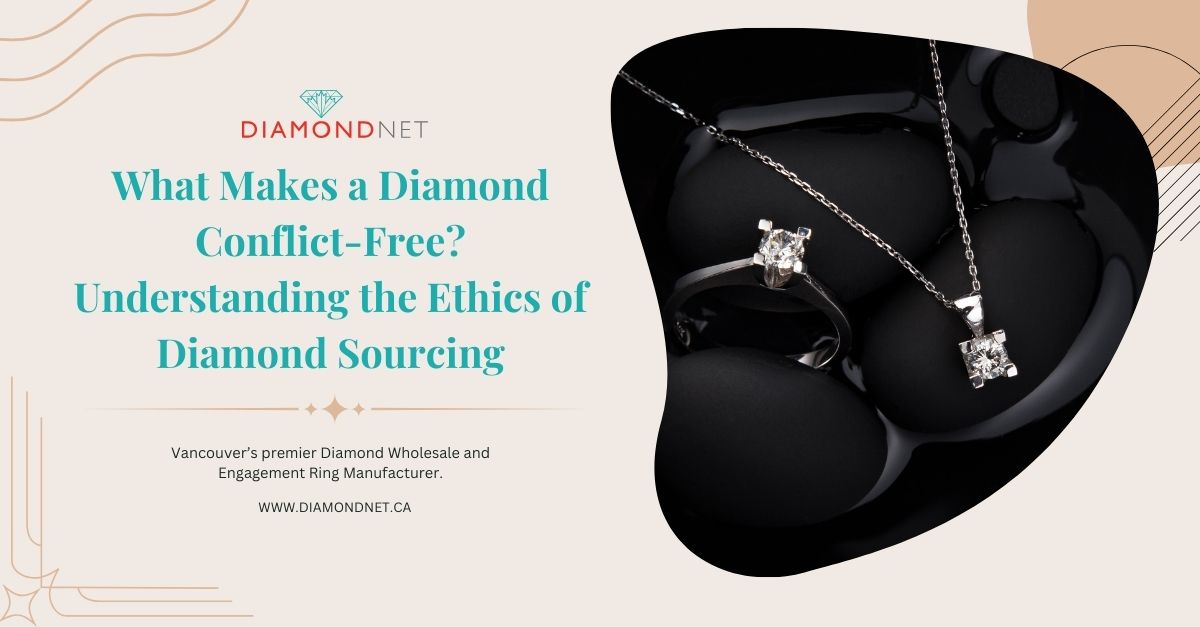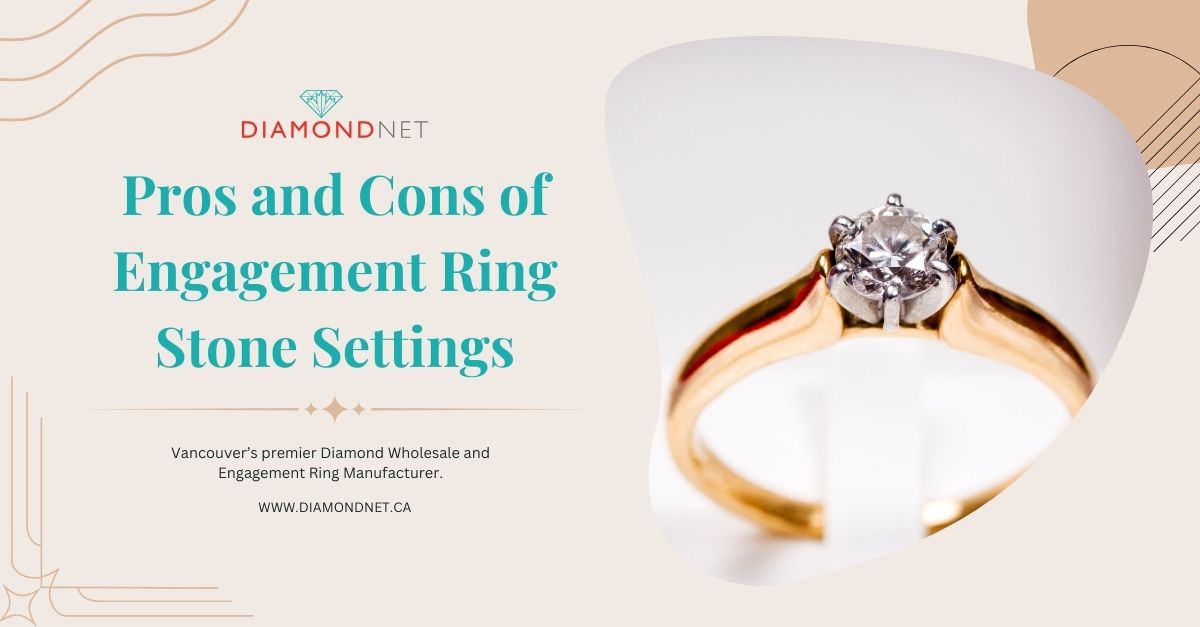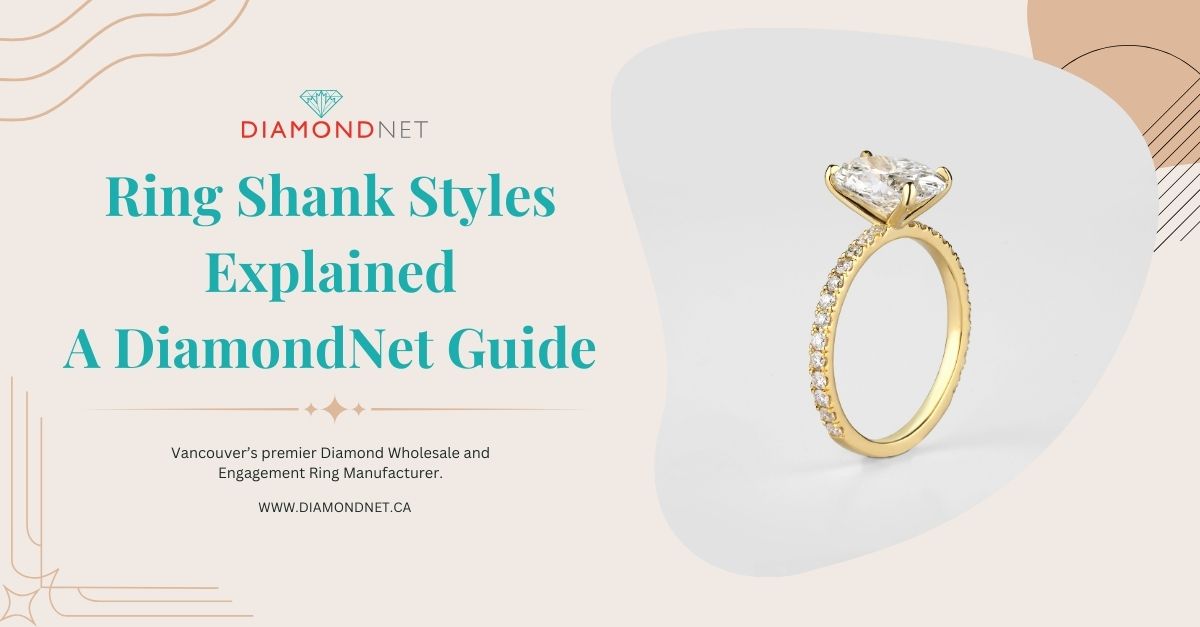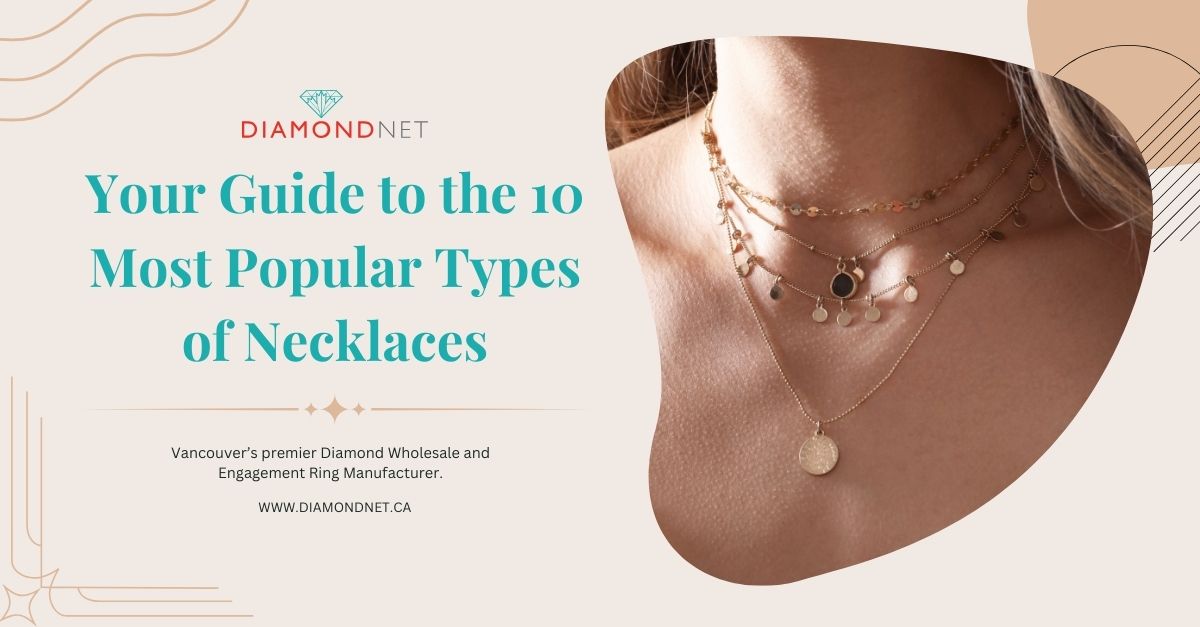Today’s jewellery buyers want more than sparkle — they want substance. For an increasing number of people, a diamond’s origin matters just as much as its clarity or cut.
Terms like conflict-free, ethical, and sustainably sourced are everywhere. But what do they actually mean?
At its core, a conflict-free diamond is one that hasn’t funded war or rebel movements. But truly ethical sourcing goes much further — it looks at labour practices, environmental care, and the impact on mining communities.
At DiamondNet, we believe transparency builds trust. This guide breaks down what makes a diamond genuinely conflict-free — from certification and traceability to fair working conditions and social responsibility — so you can make a confident, conscious choice.
Here is the Quick Answer:
A conflict-free diamond means it hasn’t funded armed conflict, but that’s just the beginning. Truly ethical diamonds go further — they’re mined, cut, and sold under fair labour conditions, with respect for human rights, environmental care, and community well-being. Look beyond the Kimberley Process certificate. For a diamond with integrity, seek out transparency, third-party certifications (like RJC or Fairmined), and traceability. Lab-grown diamonds offer a conflict-free option, but their ethical impact depends on production standards.
What do we mean by “conflict‑free diamonds”?
A conflict-free diamond is one that has not been used to fund armed conflict or rebel groups — a major concern that came to light in the late 1990s, when humanitarian groups and the UN revealed how diamond profits had fueled violence in countries like Sierra Leone and Angola.
In response, the Kimberley Process Certification Scheme (KPCS) was introduced in 2003. Under this system, every shipment of rough diamonds must carry official documentation proving the stones do not originate from conflict zones.
Since its launch, the Kimberley Process has dramatically reduced the number of conflict diamonds in the global market. While not perfect, it marked a significant shift toward transparency and accountability in the diamond trade.
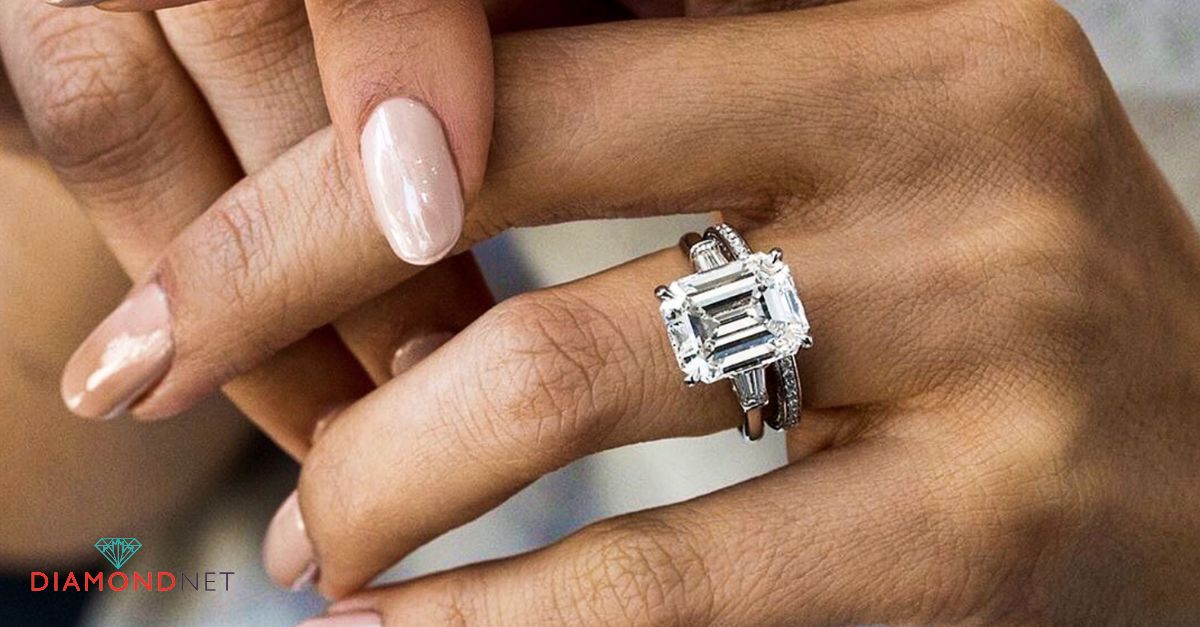
The Kimberley Process: Strengths and Its Gaps
The Kimberley Process Certification Scheme (KPCS) was established in 2003 to stop the flow of diamonds that finance armed conflict. It requires that all shipments of rough diamonds be certified as conflict-free by participating governments.
Its biggest success? According to the Kimberley Process, conflict diamonds now account for less than 0.1% of global diamond production1 — a significant drop from the late 1990s, when rebel groups in Sierra Leone, Angola, and other countries used diamond profits to fund violence.
But while the Kimberley Process has made major strides in removing war-funded diamonds from the supply chain, it has notable limitations that matter for ethically minded buyers.
What It Does Well
✔ Global Scope: Includes 86 participating countries, creating a framework for international cooperation.
✔ Legal Integration: Supported by UN resolutions and national laws like the U.S. Clean Diamond Trade Act.
✔ Industry Support: Major diamond companies, including De Beers, have adopted KPCS and developed additional tracking systems.
Where It Falls Short
Despite its progress, the Kimberley Process has drawn criticism for being too narrow in scope and vulnerable to weak enforcement:
- Limited Definition: KPCS only addresses rough diamonds used to finance rebel movements — not human rights abuses, corrupt practices, or environmental damage caused by governments or companies.
- Reliance on Self-Regulation: Enforcement depends on participating countries. Inconsistencies, forgery, and poor oversight have been reported.
- No Oversight of Cut or Polished Diamonds: Once rough stones are certified, their origin may be obscured during cutting or trading.
- Blind Spots on Labour & Environment: Issues like unsafe working conditions or pollution fall entirely outside the KPCS mandate.
Organizations like Global Witness and Human Rights Watch have repeatedly pointed out that while the Kimberley Process addresses conflict at a baseline level, it doesn’t guarantee that a diamond was sourced under ethical or humane conditions.

Beyond Conflict-Free: What Defines an Ethical Diamond?
A diamond that’s conflict-free isn’t necessarily ethical. The conflict-free label only ensures that a diamond did not finance rebel activity — but it says little about how the diamond was mined, who mined it, or what impact it had on people or the planet.
An ethical diamond goes several steps further. It represents transparency and responsibility at every stage — from the mine to the cutting facility to the retail case.
Here are key traits of an ethical diamond:
✔ Fair Labour Practices: Ethical sourcing ensures that miners and workers are paid fair wages, operate in safe conditions, and are protected from forced or child labour.
✔ Environmental Stewardship: Responsible operations aim to reduce land disruption, manage water use, and rehabilitate sites after mining is complete.
✔ Community Investment: Some mining companies invest in local education, healthcare, or infrastructure, offering long-term support to the regions where they operate.
✔ Transparent Supply Chain: Ethical diamonds are traceable through every hand they pass — from rough to polished — backed by documentation or digital tracking systems.
✔ Third-Party Verification: Certifications by credible organizations (e.g. RJC, Fairmined, Fairtrade) help confirm that ethical claims are backed by audits, not just marketing.
In short, an ethical diamond meets all the conflict-free requirements — and supports worker dignity, community well-being, and ecological care. For conscientious buyers, it’s about ensuring the beauty of the stone reflects integrity in its journey
Certification Systems That Go Further
While the Kimberley Process focuses on preventing conflict-financed diamonds, additional certifications expand the definition of responsibility to include labour rights, environmental impact, and community well-being. These systems help buyers go beyond “conflict-free” to truly ethical.
Responsible Jewellery Council (RJC)
The RJC is a respected non-profit organization that sets comprehensive ethical standards across the jewellery supply chain — from mining to retail.
Members are audited on:
✔ Human rights
✔ Labour standards
✔ Environmental management
✔ Conflict-free sourcing
✔ Transparent business practices
RJC certification signals a company’s commitment to ethical production, not just legal compliance.
Fairmined & Fairtrade
These certifications focus on small-scale and artisanal mines — often the most vulnerable areas of the industry. They ensure:
✔ Fair pricing and safe working conditions
✔ Direct support to mining communities
✔ Environmental safeguards
✔ Transparent trading relationships
Fairmined and Fairtrade diamonds are still relatively rare, but they set an important example of what ethical sourcing should look like — prioritizing people and the planet.
Brand-Based Traceability
Some diamond producers and jewellers now offer digital traceability tools that follow a stone’s journey from mine to market. This includes:
- Blockchain records
- QR codes with origin stories
- Certificates detailing every step in the diamond’s lifecycle
These tools don’t replace third-party certification, but they enhance transparency and build trust by making a diamond’s path visible.
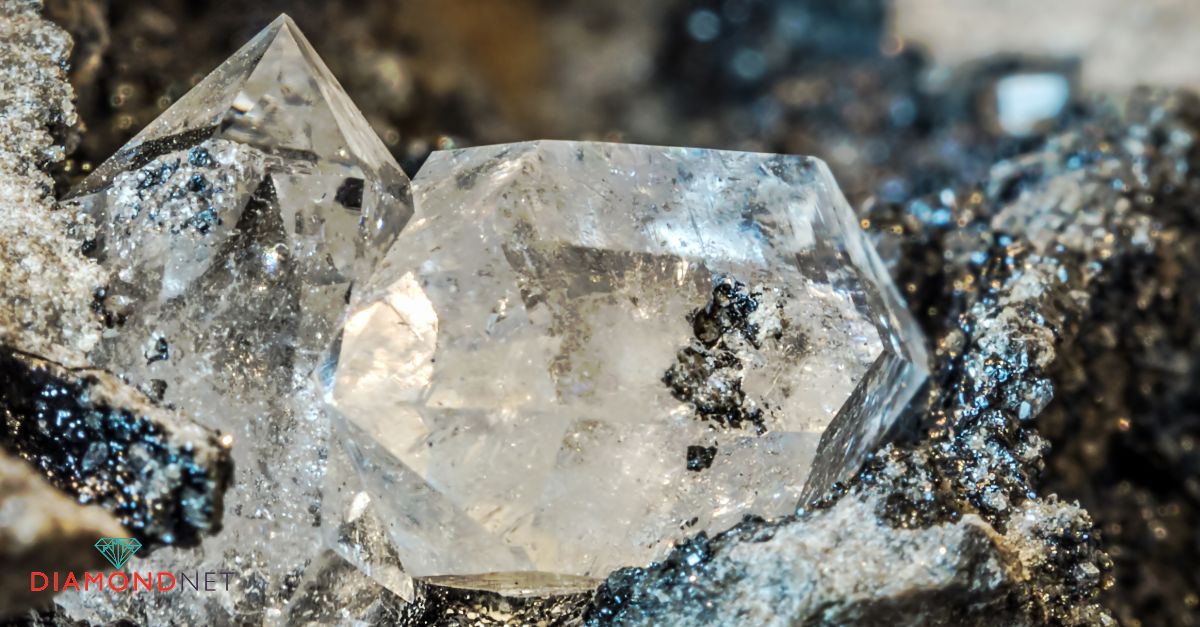
Lab‑Grown Diamonds: A Different Dimension
Lab‑grown diamonds are often presented as an ethical alternative to mined stones — and in many ways, they are. But understanding their true impact requires nuance.
Conflict-Free by Design
Because lab-grown diamonds are created in controlled environments using advanced technology, they do not fund armed conflict or exploit diamond-rich but unstable regions. This eliminates one of the primary risks associated with natural stones.
Environmental Impact Still Matters
Despite avoiding mining, lab-grown production isn’t impact-free. Most manufacturing processes require substantial energy, often electricity from non-renewable sources. The carbon footprint varies widely depending on:
- The country of origin
- The energy grid (renewable vs. fossil fuel)
- The specific growth method used (CVD vs. HPHT)
Some producers are shifting to renewable energy, which improves sustainability, but not all operations are equally transparent.
Labour Practices Vary
While lab-grown diamonds sidestep some of the labour abuses associated with mining, working conditions in manufacturing facilities still need scrutiny. Without universal labour standards, ethical practices can vary significantly from one producer to another.
Certification Is Still Evolving
Unlike mined diamonds, which have long-established ethical certification systems, lab-grown diamonds are newer to the market. Some brands offer third-party environmental certifications, but industry-wide standards are still catching up.
Bottom line: Lab-grown diamonds eliminate the conflict risk, but buyers should still ask about energy use, labour conditions, and transparency. Ethical claims should be supported with clear, verifiable information — just as with mined stones.

Practical Steps for Buyers and Retailers
Ensuring a diamond is not only conflict-free but ethically sourced requires thoughtful action from both buyers and sellers. Here’s how each can contribute to responsible practices in the industry.
For Buyers:
✔ Ask about origin: Inquire where the diamond was mined, cut, and polished. Ethical sourcing depends on transparency at every step.
✔ Check for KPCS certification: All rough diamonds should come with a Kimberley Process certificate. It’s a baseline, not the full story.
✔ Look beyond “conflict-free”: Ask whether the diamond is certified by the Responsible Jewellery Council (RJC), Fairmined, or Fairtrade. These offer broader ethical assurances.
✔ Research the retailer: Look into the jeweller’s sourcing policies, labour standards, and community involvement. Reputable sellers are transparent.
✔ Verify supply chain: Choose brands that offer traceability tools — blockchain-enabled tracking or mine-to-market documentation.
✔ Compare lab-grown and mined: Consider how each aligns with your values, factoring in sustainability, labour ethics, and energy sources.
For Retailers:
✔ Prioritize transparency: Be ready to explain the sourcing history of each stone — clearly, confidently, and honestly.
✔ Rely on third-party audits: Certifications like RJC should be backed by regular assessments. Self-reporting is not enough.
✔ Educate consumers: Offer materials or guidance to help buyers understand diamond ethics and make confident decisions.
✔ Engage in community support: Whether working with small-scale mines or lab-grown suppliers, support fair wages, education, and health care in production areas.
✔ Stay updated: Ethical standards are evolving. Track Kimberley Process reforms and global human rights advocacy to ensure ongoing compliance.
At DiamondNet, we embrace these standards by working with trusted partners, providing detailed sourcing information, and guiding buyers through ethical choices with integrity — not guesswork.
Why It Matters: Ethics, Reputation and Value
In today’s jewellery market, ethical diamond sourcing is not just a trend — it’s a reflection of consumer values and industry responsibility. Buyers want to know that their purchase does not come at the cost of human suffering or environmental harm.
Ethical + Conflict-Free = Consumer Trust
Customers are no longer satisfied with “conflict-free” labels alone. They expect proof that their diamond supports fair labour, sustainable practices, and responsible sourcing. Ethical assurance builds lasting trust.
Brand Differentiation
Jewellers who lead with transparency and ethics stand out. Offering certified ethical diamonds — whether mined or lab-grown — helps retailers build a reputation rooted in integrity and care.
Reduced Risk
Committing to ethical sourcing reduces legal and reputational risks. Brands that avoid poorly documented supply chains protect themselves from future scrutiny and consumer backlash.
Supporting Long-Term Change
Choosing ethical diamonds helps fund positive outcomes: safer working conditions, better wages, restored mining landscapes, and empowered communities. It also encourages continuous improvement in global standards.
At DiamondNet, we believe that a beautiful stone should never hide an ugly truth. That’s why we’re committed to offering diamonds that align with your values — and ours.
Addressing Common Misunderstandings
Ethical diamond sourcing is often misunderstood. Well-meaning buyers may assume a label or certificate guarantees full responsibility — but the truth is more nuanced. Here’s how to avoid common misconceptions.
“A KPCS certificate means it’s fully ethical.”
Not quite. The Kimberley Process confirms that a diamond hasn’t funded armed conflict — but it does not address labour rights, environmental harm, or community impact. It’s a starting point, not the finish line.
“Polished diamonds don’t need checks.”
Wrong. The Kimberley Process certifies rough diamonds. Once they’re cut and polished, they may pass through multiple hands — and lose their original traceability unless additional steps are taken.
“All lab‑grown diamonds are ethically perfect.”
Lab-grown diamonds eliminate the risk of war funding, but not all are produced equally. Factors like energy sources, worker protections, and corporate transparency still matter.
“Ethical certification is niche and expensive.”
That’s outdated. More suppliers — including smaller and mid-sized producers — are adopting ethical standards like RJC or Fairmined. Certification is becoming more accessible, and competitive pricing continues to rise alongside consumer demand.
The Future of Ethical Diamond Sourcing
The diamond industry is evolving — and so are consumer expectations. As transparency becomes the new gold standard, here’s how the landscape is shifting in 2025 and beyond.
Kimberley Process Reform
International pressure continues to mount for a broader definition of “conflict.” Discussions are underway to expand the Kimberley Process to include human rights, labour protections, and environmental safeguards.
Blockchain-Enabled Traceability
Companies like De Beers (via Tracr) and Everledger are leading efforts to track a diamond’s journey — from mine to market — using blockchain technology. This offers buyers a verifiable supply chain and greater confidence in ethical claims.
Strengthened NGO Involvement
Organizations such as Human Rights Watch and Global Witness are pushing for independent, third-party monitoring in high-risk regions. Their advocacy is shaping stricter frameworks and encouraging accountability.
Consumer-Driven Change
Today’s buyers are more informed and value-aligned. Many actively seek out conflict-free and ethical diamonds, supporting brands that offer full transparency and verified sourcing.
Lab-Grown Diamonds and Ethical Protocols
As demand for lab-grown diamonds increases, so does scrutiny. Manufacturers are beginning to adopt ethical sourcing frameworks — including energy transparency, fair labour standards, and certification protocols — to match growing expectations.
Summary: Choosing with Integrity
Choosing a diamond should feel good — not just for how it looks, but for what it represents. That’s why going beyond the “conflict-free” label is essential for anyone who values ethics, sustainability, and transparency in their jewellery.
Here’s a quick checklist to guide your decision:
| Step | What to Confirm |
| Conflict‑Free Status | Look for Kimberley Process Certification on rough stones |
| Ethical Credentials | Ask for RJC, Fairmined, or Fairtrade certifications |
| Traceability Tools | Seek supply chain transparency (e.g., blockchain tracking) |
| Brand Reputation | Look for documented audits, community programs, and standards |
| Comparing Lab vs. Mined | Evaluate energy use, labour conditions, and full lifecycle ethics |
Ethical diamonds are not just about what’s left out (conflict); they’re about what’s built in — fairness, responsibility, and future-conscious practices.
Final Thoughts
Conflict-free diamonds were once the gold standard in ethical jewellery — but today, they’re just the starting point. As awareness grows, so do expectations. Consumers want assurance that their diamond not only avoids funding conflict but also supports human rights, community wellbeing, and environmental responsibility.
At DiamondNet, we believe that every stone should reflect the values of the person wearing it. That’s why we advocate for deeper sourcing standards, clear transparency, and better education around ethical options — from certified natural stones to responsibly produced lab-grown alternatives.
Choosing ethically sourced diamonds is no longer a niche decision — it’s the foundation of a more responsible and sustainable jewellery industry.
When you’re ready to see these choices in action, visit our Vancouver showroom or book a one-on-one consultation. We’ll help you explore ethical and lab-grown options with honesty, clarity, and expert care, no pressure, just guidance you can trust.
